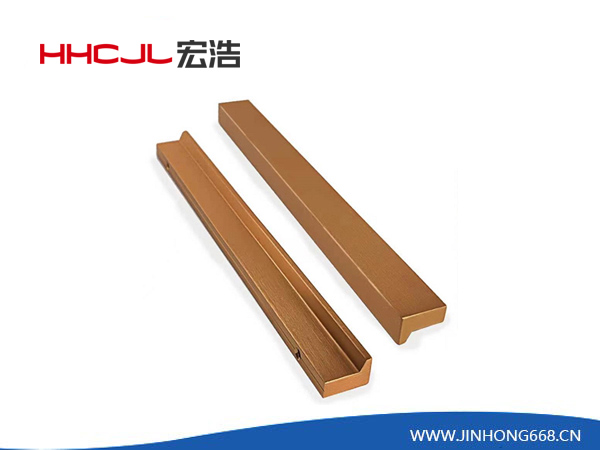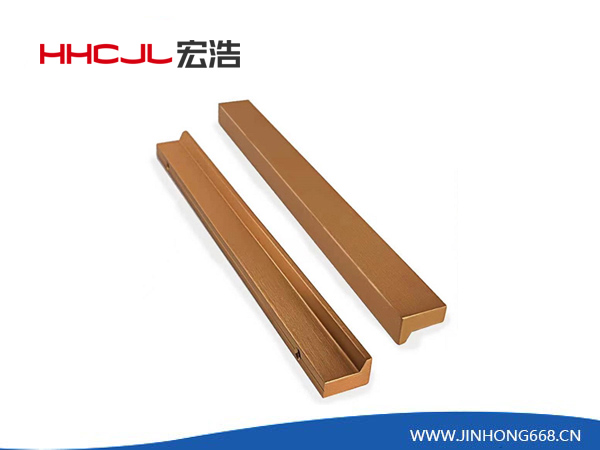
Factors that restrict the development of the hardware accessories industry
1. Leading effect.
Under certain circumstances, if a certain technology or brand is ahead of other companies in the same industry, it will inevitably drive the development of the entire enterprise. For example, hardware locks are everywhere in the hardware market, with brands and no brands. In short, there are a lot of good and bad. Once a hardware lock company has an advanced patent technology and invented a new product, as this new product is put on the market and achieves good economic benefits, this leading product will inevitably drive the overall development of the hardware lock company and take a big step forward in the success of the same industry.
2. Lock-in effect.
When users transfer from one brand of technology to another brand of technology, they will inevitably pay a certain cost for this transfer. When the transfer cost is too high and users are discouraged, users are in a locked-in state. When a high-tech product is successfully developed and wins the market, it will be easy for it to master the future market and take the initiative in fierce competition. This also applies to the hardware market. If you invest first, users will be discouraged because the cost of hardware is too high. However, once such hardware products are recognized, they will inevitably lead the industry and promote the development of the industry.
3. Matthew Effect
This is an era where the winner takes all. The rich enjoy more resources - money, honor and status, while the poor have nothing. The poor get poorer and the rich get richer. People with many friends will make more friends through frequent interactions, while people who lack friends are often lonely; people with a good reputation will have more opportunities to show up, so they will become more famous.

4. Gear effect.
Large enterprises will not develop, but once they develop, they will leave small enterprises far behind. The gear effect is also applicable to the hardware market. Some large enterprises have advantages in resources, money, connections, information, etc. Once they develop, they will take a big step forward; while small enterprises are limited by funds, talents, information and other resources. The development is relatively slow, or even stagnant. In this way, large enterprises are increasingly surpassing small enterprises in the same industry and gradually becoming the leaders of the industry.
5. Agglomeration effect.
The more companies with excellent performance and sufficient funds, the more banks want to give them seniority funds. This is the concentration effect of funds. Under the financial crisis, some large hardware companies have excellent performance. Once they encounter funding problems, whether through banks or other companies' shares, they will alleviate the current difficulties accordingly, and it will inevitably be easier to gather funds; some small hardware companies will be almost unable to move forward once they encounter funding problems. Chinalco invested US.5 billion in Rio Tinto, and the high record of overseas investment by Chinese companies was once again refreshed by Chinalco.
6. Scale effect.
When the production of an enterprise reaches or exceeds the break-even point, it forms economies of scale. Because any production has costs, generally including fixed costs and variable costs. To achieve profitability, sales revenue must be greater than production costs, and the fixed costs are constant, so the more production, the less fixed costs allocated to a single product, and the more profits.
about
Introduction honor companyproduct
Connector Series Shelf support and plastic... Stamping parts series More Productsnews
dynamic Information questionCustomer Service
ContactTel:+86 4008-933-818

WeChatQR code